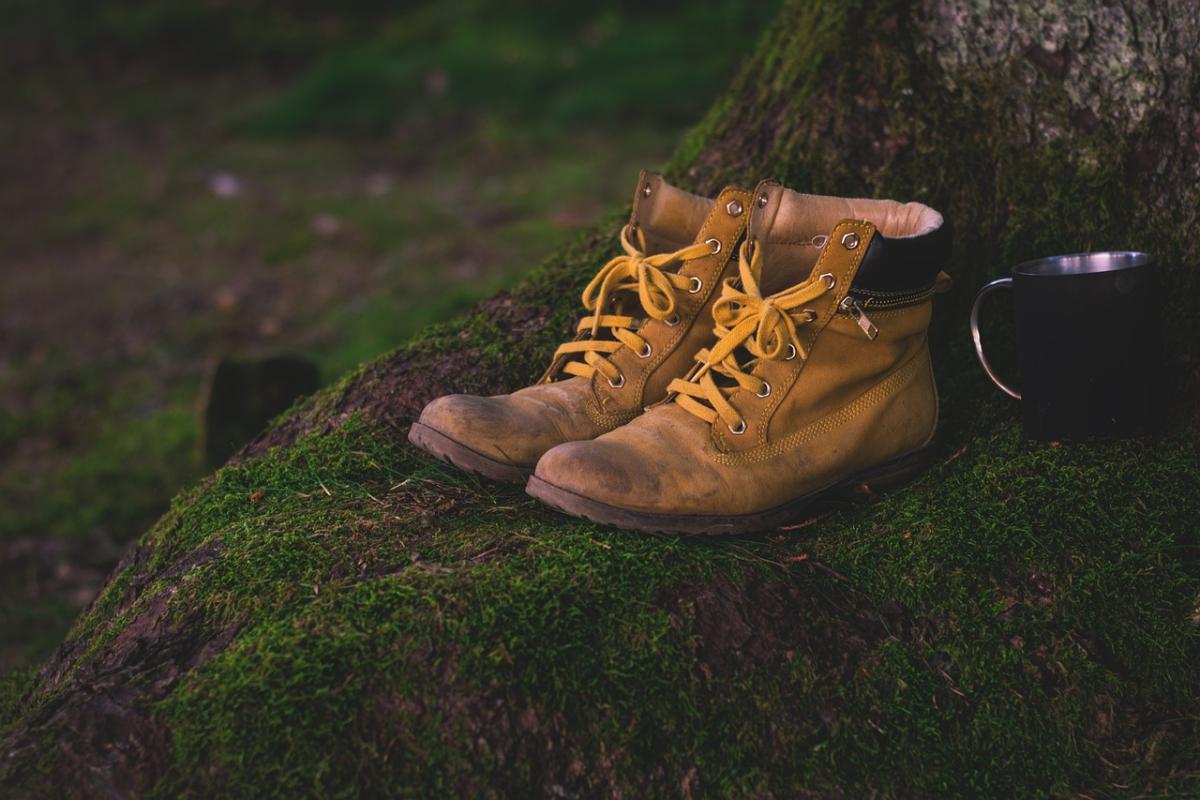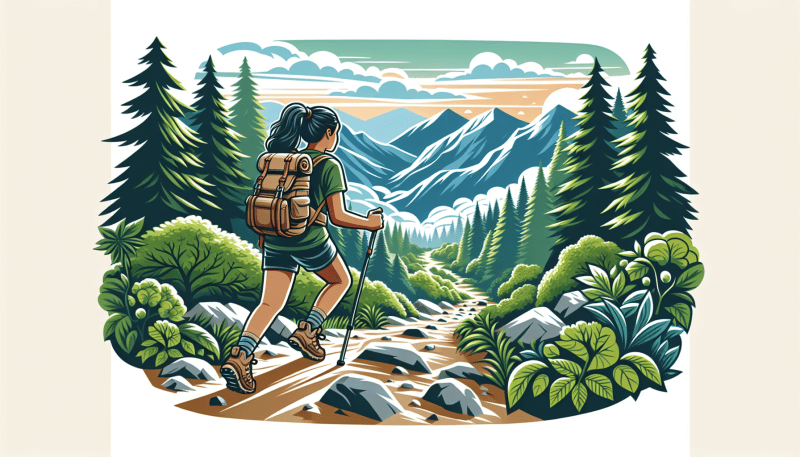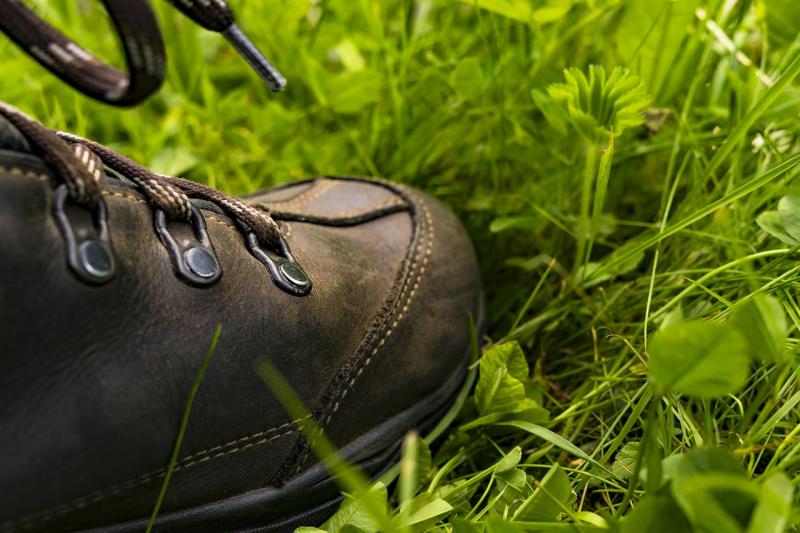When it comes to hitting the trails, the first step is understanding your hiking needs. Think about where you'll be hiking, how often, and the kind of terrain you’ll tackle. Are you planning a leisurely walk on flat paths, or are you gearing up for rugged mountain trails? Knowing this can really help narrow down your options.
Consider the climate, too. If you're hiking in wet conditions, you’ll want a waterproof boot to keep your feet dry and comfy. In hotter weather, lightweight boots or even trail runners might be a better fit. It’s all about balancing comfort and protection based on your hiking adventures.
Next, think about your gear. Are you packing a heavy backpack, or are you going light and fast? Heavier packs mean you’ll want boots with excellent ankle support and stability to handle the weight. Lightweight hiking means you can look at more flexible options that let you move quickly without feeling weighed down.
Finally, don’t forget about fit. Everyone’s feet are different! Make sure you try on a few pairs, walk around the store, and even take them for a short hike if you can. Your boots should feel snug but not tight, with enough room to wiggle your toes. After all, you want to enjoy the hike, not spend it worrying about sore feet!
Key Features to Consider
When you're on the hunt for the perfect hiking boots, there are a few key features you really should keep in mind. These elements not only enhance your comfort but can also make or break your hiking experience. Here’s what to consider:
- Fit and Comfort: The most important part of any hiking boots is the fit. Make sure they feel snug but not tight. To find the right pair, wear them with the socks you plan to hike in. Take a few steps around the store – you want to ensure they feel comfy all day long!
- Traction: Look at the sole of the boots. You'll want a deep tread pattern for better grip on uneven and slippery surfaces. Vibram soles are popular for their durability and effectiveness in various conditions.
- Weight: Heavier boots can mean more support, but they can also wear you out faster. If you're planning on day hikes, lightweight options are great. For longer treks with heavier packs, consider more robust boots.
- Waterproofing: If you’re hiking in wet conditions or crossing streams, waterproof boots are a must. Look for materials like Gore-Tex that keep water out while still allowing your feet to breathe.
- Ankle Support: Depending on the terrain you’ll be tackling, the height of your boots matters. Mid or high-cut boots offer extra ankle support, especially on rocky trails, while low-cut boots are lighter and more flexible for easier trails.
With these key features in mind, you'll be better equipped to find hiking boots that suit your adventures. Take your time trying on different pairs, and remember, the right fit and feel are what will keep you going for miles!
Finding the Right Fit
Finding the perfect hiking boots is all about getting the right fit. You want boots that feel comfortable right from the start and give you the support you need on those trails. Here are some tips to make sure you choose the best size and style for your adventures.
First, always try on hiking boots at the end of the day. Your feet tend to swell a bit during the day, so this is when they'll be at their largest. Make sure you wear the same type of socks you plan to hike in, as this can also make a difference in fit.
- Check the length: You should have about a thumbnail’s worth of space between your longest toe and the end of the boot. If your toes are pressed against the front, it’s too small.
- Width matters: Make sure the boot hugs your foot snugly, but isn’t so tight that it pinches. Walk around the store to see how they feel. You want them snug, but comfy!
- Walk it out: Test them by walking up and down a slope if possible. Look for any hotspots where friction might happen—this could mean you need a different style or size.
And don’t forget to consider the type of hiking you'll be doing! If you plan to tackle rocky trails or carry heavy packs, opt for boots with better support and cushioning. If you’ll stick to flat, well-maintained paths, lighter, more flexible boots could work well. Always weigh your options to find what feels best for your feet!
Caring for Your Hiking Boots
First off, always clean your boots after a hike. Mud and dirt can wear down the materials over time. Just use a soft brush or cloth to remove any debris. For deeper cleanings, you can use water and a mild soap. Make sure to let them dry naturally, away from direct heat sources, which can crack the material.
Next, don’t forget to apply waterproofing treatments regularly. This is especially important if you hike in wet conditions. A good waterproof spray or cream can help keep your feet dry and comfortable. Check the manufacturer's recommendations for frequency and the best products to use.
Lastly, store your hiking boots properly. After a hike, remove the insoles and let them breathe. Avoid sticking them in a damp place or near a heater. If you're storing them long-term, keep them in a cool, dry area to prevent any damage.



